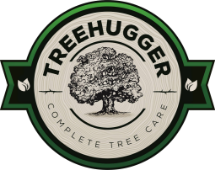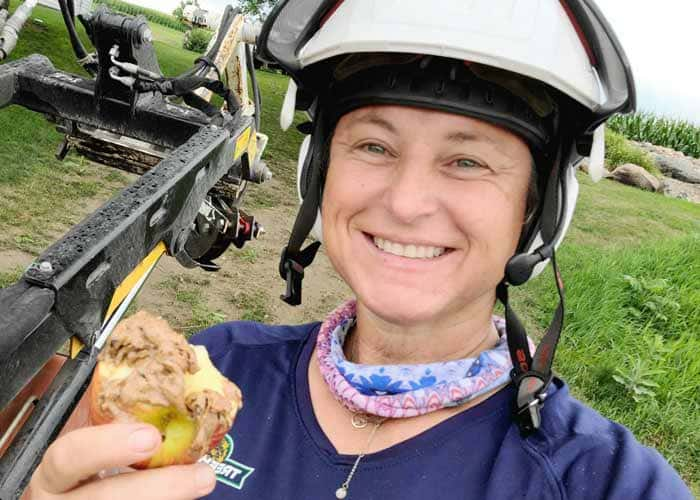Maintaining the trees on your property is a responsibility that extends beyond simple aesthetics; it is a crucial aspect of ensuring the safety and health of your surroundings. When it comes to tree removal, a task often best left to the professionals, selecting the right arborist is paramount. Here’s a comprehensive guide on how to choose the best arborist for your tree removal needs.
1. Credentials and Certification:
One of the first things to consider when choosing an arborist for tree removal is their credentials and certification. Ensure that the arborist is certified by a recognized professional organization, such as the International Society of Arboriculture (ISA). Certification indicates that the arborist has undergone rigorous training and adheres to industry standards.
2. Experience and Expertise:
Tree removal is a specialized task that requires both experience and expertise. Look for an arborist with a substantial track record in the field. An experienced professional is more likely to have encountered a variety of situations and can navigate the complexities of different tree removal scenarios.
3. Insurance and Liability:
Tree removal involves inherent risks, and accidents can happen even with the most skilled professionals. It’s crucial to ensure that the arborist you choose is adequately insured. Ask for proof of insurance, including liability and workers’ compensation coverage. This protects you from potential liabilities in case of accidents or damage to your property during the tree removal process.
4. Reputation and Reviews:
Researching an arborist’s reputation is a key step in the selection process. Check online reviews, testimonials, and ratings on platforms like Google, Yelp, or the Better Business Bureau. Positive reviews and a strong reputation in the community are indicative of a reliable and trustworthy arborist.
5. Local Knowledge:
Opt for an arborist who is familiar with the local environment and tree species. Local knowledge is invaluable in understanding regional regulations, common tree diseases, and the specific needs of the trees in your area. An arborist with local expertise is better equipped to provide tailored solutions for your tree removal needs.
6. Written Estimates and Contracts:
Before any work begins, a reputable arborist will provide you with a written estimate. This estimate should include a detailed breakdown of the services to be provided, associated costs, and a timeline for completion. A clear and comprehensive contract protects both you and the arborist, ensuring that expectations are understood and agreed upon from the outset.
7. Equipment and Safety Measures:
Inquire about the equipment the arborist uses for tree removal. A professional arborist should have access to modern, well-maintained equipment that adheres to safety standards. Additionally, discuss the safety measures in place during the removal process. This includes protective gear for workers, the use of ropes and harnesses, and strategies for minimizing risks during the operation.
8. Environmental Practices:
Choose an arborist who values environmentally friendly practices. Responsible tree removal includes considerations for the impact on the environment. A conscientious arborist will discuss options for recycling or repurposing removed trees and offer advice on sustainable practices for future tree care.
9. Local References:
Ask the arborist for local references or examples of previous work in your area. Being able to speak with previous clients or see the results of the arborist’s work firsthand can provide valuable insights into their professionalism, workmanship, and the quality of their tree removal services.
10. Communication Skills:
Effective communication is essential throughout the tree removal process. Choose an arborist who listens to your concerns, provides clear explanations, and is responsive to your questions. Good communication fosters a positive working relationship and ensures that everyone is on the same page regarding the scope of work and expectations.
In conclusion, choosing the best arborist for your tree removal needs requires careful consideration of various factors. From credentials and experience to insurance and communication skills, each aspect plays a crucial role in ensuring a smooth and successful tree removal process. By taking the time to research and select a qualified arborist, you can safeguard the health of your trees and the safety of your property.

